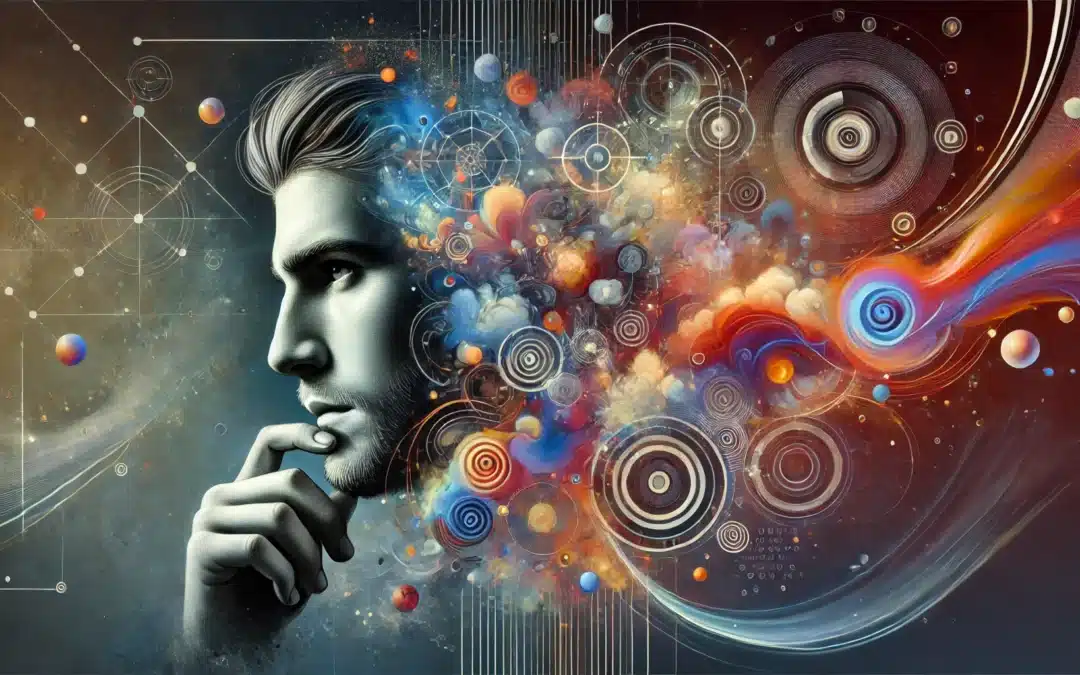The printing industry is undergoing a rapid transformation, driven by technological advances and new consumer expectations. By 2030, we'll be witnessing major revolutions, from advanced automation to the integration of smart, sustainable technologies. In this article, we explore the most promising innovations that will shape the future of printing and redefine its uses.
1. Why does print design influence purchasing decisions?
Visual design is one of the first elements perceived by a consumer when he discovers a product or an advertising medium. In a matter of seconds, they can determine whether a message is attractive, credible and engaging.
Neuroscience studies have shown that 93 % of consumers base their purchasing decisions on visual appearance. This means that printed design must not only catch the eye, but also convey the right emotions and values.
2. The impact of colors on product and brand perception
The colors are and trigger specific emotions. :
- Red Energy, urgency, passion → often used for promotions.
- Blue Confidence, professionalism, serenity → widespread in the corporate world.
- Yellow Optimism, dynamism, youth → quickly attracts attention.
- Green Nature, ecology, well-being → ideal for organic brands.
- Black Elegance, luxury, exclusivity → often used at the top end of the market.
Brands choose their colors strategically to create a unique mental association with their values. For example, McDonald's uses red and yellow to stimulate the appetite and convey a sense of speed and conviviality.
3. The power of typography: readability, memorability and credibility
Typography plays an essential role in the perception of a message. Here are a few key principles:
- Sans-serif fonts (Arial, Helvetica, Futura) are modern, dynamic and easy to read.
- Serif fonts (Times New Roman, Garamond, Baskerville) inspire seriousness, elegance and tradition.
- Handwritten and stylized fonts add a personal touch, but can be difficult to read in large quantities.
The choice of font must be consistent with the brand's message and identity. Illegible or inappropriate typography can lose a potential customer.
4. Layout and visual hierarchy: Guiding the consumer's eye
An effective layout allows you to direct attention to key elements and improve understanding of the message.
The rules of impactful design :
✅ Clear visual hierarchy Highlight important information with a variety of sizes and contrasts.
✅ Balance between text and image Too much text discourages reading, and too many images can blur the message.
✅ Intelligent use of empty space Leaving airy margins improves legibility and gives a professional appearance.
A good example is the world of luxury, where white spaces are widely used to convey an upscale, sophisticated image.
5. Textures and finishes : The role of touch in the customer experience
The sensory impact is not limited to sight. Touch plays a fundamental role in the perception of a printed product.
Finishes that make all the difference:
- Selective varnish (shiny on certain areas) draws attention to specific elements.
- Textured paper gives a feeling of quality and prestige.
- Embossing (relief on paper) creates a unique tactile experience that enhances message recall.
Premium packaging and high-end business cards often use these techniques to strengthen brand image and appeal to consumers.
6. The importance of formats and ergonomics in print media
A well-chosen format can make a medium more practical, more attractive and more efficient.
- A square or original flyer more eye-catching than a standard format.
- A well-folded leaflet optimizes space and makes reading easier.
- Ergonomic packaging improves handling and enhances the user experience.
The format should never be overlooked, as it influences the overall experience and perceived value of a product or service.
7. Packaging psychology: How good design boosts sales
Packaging is a powerful marketing tool. 80 % of consumers say attractive packaging encourages them to buy a product they don't know.
Good packaging design must :
🎯 Creating a strong visual identity and instantly recognizable.
🎯 Awakening positive emotions to influence the purchasing decision.
🎯 Functional and practical to enhance the user experience.
Example: Organic product packaging uses raw cardboard, earthy colors and natural textures to underline their commitment to the environment.
8. Minimalism vs. maximalism: which is more efficient?
There are two main trends in print design:
- Minimalism Clean designs, few colors, fine typography. Ideal for luxury, fashion and technology.
- Maximalism Exploding colors, bold typography and dynamic layouts. Perfect for entertainment, youth and urban fashion.
The choice between these styles depends on the the message to be conveyed and the target audience.
9. Examples of successful brands using print design psychology
✅ Apple Minimalist packaging that conveys modernity and elegance.
✅ Coca-Cola Strong, emotional visual identity based on the color red.
✅ L'Oréal A blend of textures and finishes to evoke luxury and quality.
These brands have understood the power of print design and used it to reinforce their brand image.
10. Future trends in print design to optimize the customer experience
🔹 Eco-design Sustainable materials and reduced packaging.
🔹 Interactive design QR codes, augmented reality and animations.
🔹 Ultra-customization Print-on-demand and customized content.
These trends will shape the future of print design and influence consumers' purchasing decisions.
Conclusion
Printed design is about more than just aesthetics: it has a profound impact on consumer perceptions and decisions. A judicious choice of colors, typography, layout and textures can boost product appeal and reinforce brand image.
Companies must exploit these psychological principles to maximize the impact of their print media and win over their target audience.

